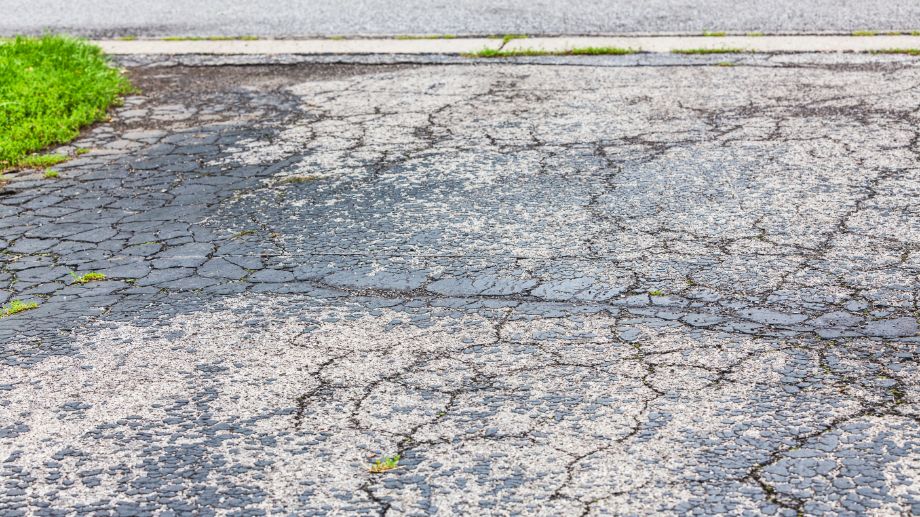Rock salt is a commonly used deicer but it unfortunately it can damage concrete leading to cracking, scaling and spalling. Calcium chloride is often said to be a better option that is safer to use on concrete but is this actually true? Does calcium chloride damage concrete like salt does?
Calcium chloride produces minimal damage to modern concrete when used in small quantities. Because it works down to -25ºF/-31ºC (and night time temperatures rarely reach this) it can reduce the freeze/thaw cycle that causes concrete damage and as you don't need to use as much compared to rock salt this can lessen the chemical damage.
Most concrete nowadays is able to withstand deterioration from moderate use of deicers but the reality is that each type of deicer will create some wear and tear on your concrete above what regular water ice would.
The question is, how bad is this wear and tear, how long does it take to show and is the tradeoff of creating a safer surface for people and cars worth the potential damage that could occur?
Here, we discuss in detail whether calcium chloride damages concrete, why that is the case and some easy things that you can do to minimize the impact of calcium chloride, or other rock salts, on your concrete.
Does Calcium Chloride Damage Concrete? If So How?


All deicers will cause some damage to concrete, the question is how much and how long it'll take to show this damage.
Above you can see an experiment where low levels of calcium chloride were used to melt ice in concrete and the concrete went through regular freeze/thaw cycles – similar to what your concrete might experience over a number of years.
As you can see the calcium chloride shows some extra damage when compared to just regular distilled water, but that extra damage is minimal.
If we compare the differences between NaCl (normal rock salt) you can see that it appears rock salt produces slightly more damage when compared to calcium chloride.


It is at higher concentrations that you really begin to see the damage stacking up.
Below you can see a comparison of 6.04 molar ion concentration of calcium chloride vs a 1.06 molar ion concentration and the results are staggering!


The first image shows the damage done at low concentration over 95 weeks, whereas the 2nd image shows the damage at higher concentrations but over just 10 weeks!
This shows the potential for calcium chloride to severely damage concrete at high concentrations. But these concentrations were extremely excessive and unlikely to be seen during regular deicing of a concrete path or driveway.
This experiment also needs to be taken with a grain of salt (pun intended).
This experiment took the concrete through multiple wet/dry cycles but (from what I can see) it didn't actually freeze the concrete and then use the deicer to melt the ice.
So really this is just looking at the chemical damage from calcium chloride on concrete and this is only 1 of the 3 ways salt deicers damage concrete – and not even the main way.
The main way deicers seem to damage concrete is through the exacerbation of the freeze/thaw cycle – and for this it seems like calcium chloride is one of the best options you can use.
Why Does Calcium Chloride Not Damage Concrete As Much As Rock Salt?
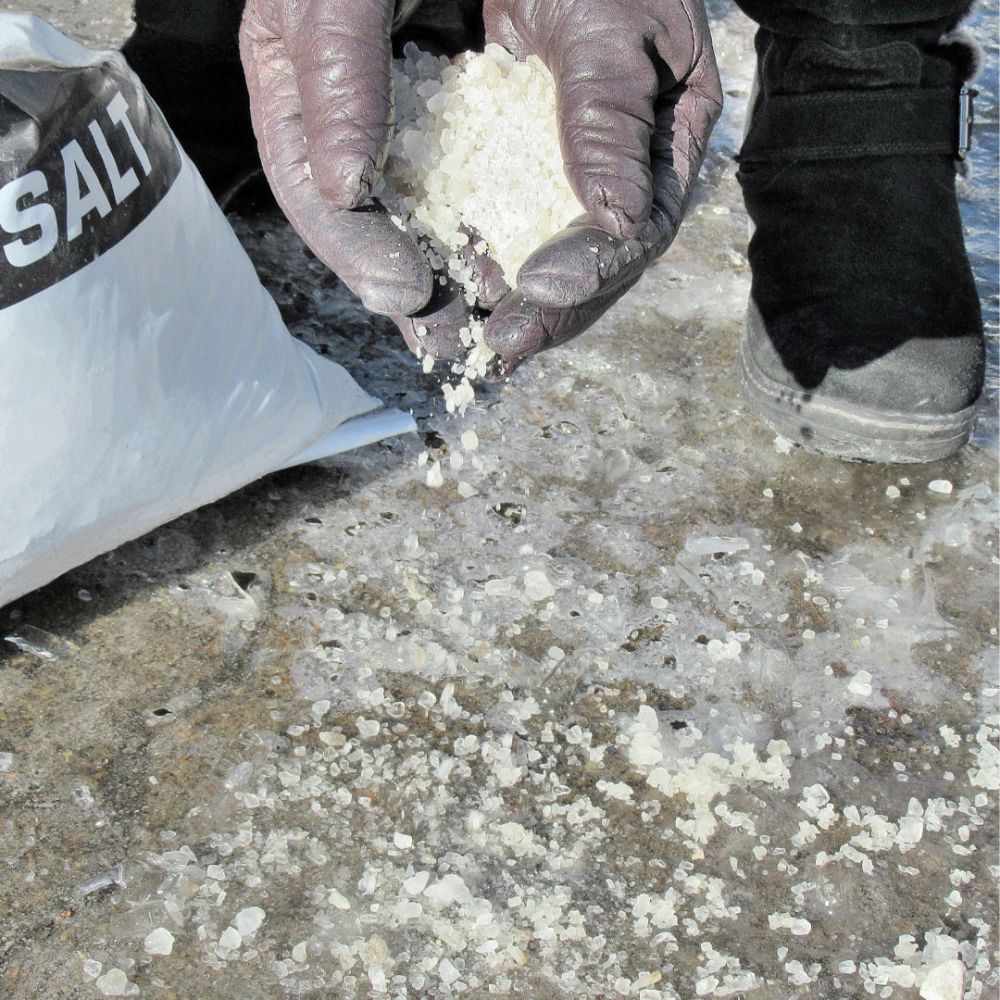
To better understand why calcium chloride is much less harmful to concrete when compared to regular rock salt, it’s important to first understand the main reason rock salt (sodium chloride) causes damage to concrete.
The main cause of concrete damage from rock salt is exacerbation of the freeze/thaw cycle. Due to its lower working temperature this is less likely to happen with calcium chloride.
Let me explain…
Concrete is a porous material that absorbs water easily. After the salt has melted the ice, that salty liquid (brine) seeps through and saturates the concrete pores.
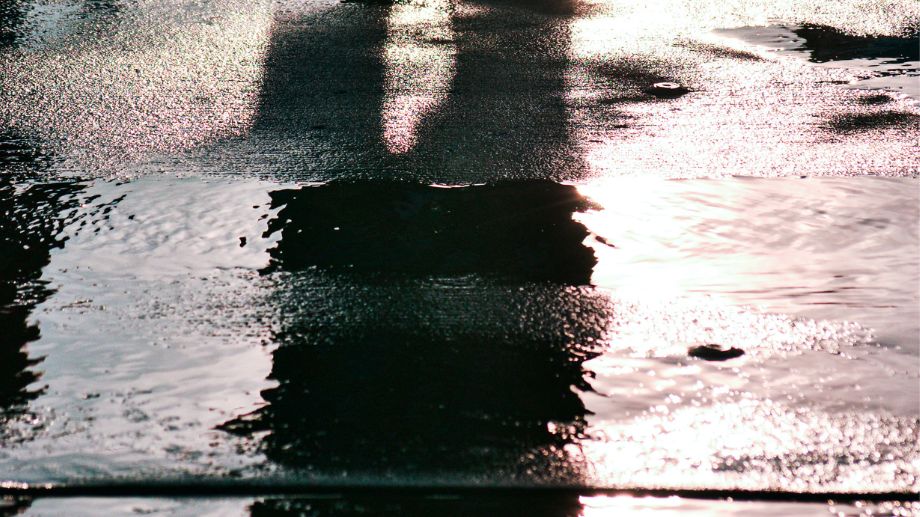
Because it only works down to about 15ºF/-9ºC when night time comes and temperatures drop rock salt that has seeped into the concrete will now begin to freeze.
As water freezes into ice it expands and places pressure on the concrete.
When water freezes, it expands significantly (9%) and can exert up to 100,000 pounds per square inch (PSI) of pressure.
Concrete can actually handle the freezing of fresh water fairly well without damage but when salty water freezes it tends to expand more than fresh water placing more force and pressure on the concrete which leads to damage.
The more freeze-thaw cycles the concrete goes through the more it'll get weakened which leads to damage and cracks the top layer of concrete, resulting in ugly indentations (spalling) or scaling (big flakes of concrete coming off).
To top it off, ice melt is also hygroscopic – attracting water to itself, which means that concrete that is saturated with rock salt will hold extra water inside it, making it more destructive.
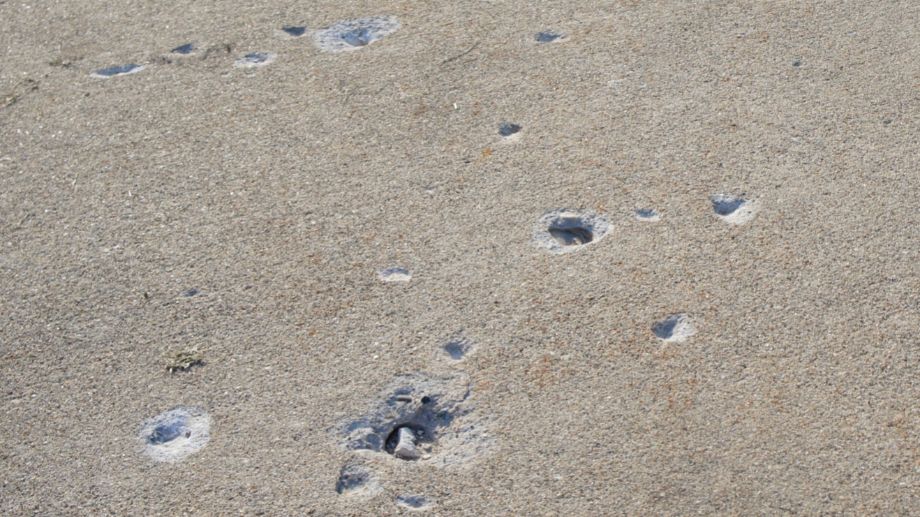
Calcium chloride on the other hand is less harmful to concrete as it has a much lower practical working temperature of -25°F/-31ºC.
Because, in most areas, temperatures rarely get down to -25ºF/-31ºC this means the calcium chloride can prevent or reduce freeze-thaw cycles from taking place.
Calcium chloride helps to limit the number of times the ice will expand and exert pressure on the concrete driveways and walkways – thus reducing the weakening and damage that these freeze/thaw cycles cause the concrete.
Less expansion and exertion of pressure means less cracks and damage to concrete and it is for this main reason that calcium chloride is often recommended as the best alternative to rock salt for melting ice on driveways.
Modern Concretes Are Resistant Against Damage From Deicers
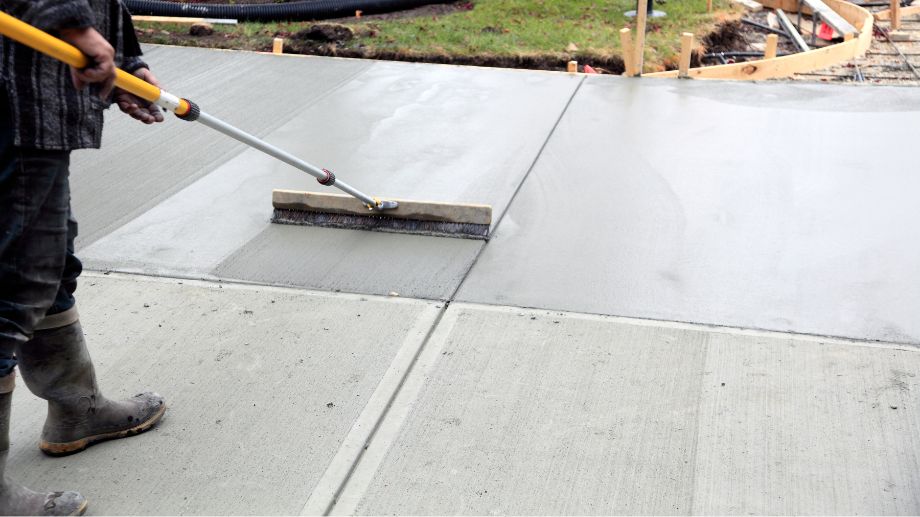
Modern concrete is now designed to be resistant to damage from the freeze/thaw cycles that come with using deicers.
Modern concrete uses a process called air entrainment where air bubbles are introduced into the concrete when it is made.
These bubbles provide cavities for the ice to expand into so it reduces how much pressure the ice exerts on the concrete.
This process allows concrete to withstand many more freeze/thaw cycles without getting damaged and means you can actually use some deicers on modern concrete. The exception to this would be magnesium chloride and calcium magnesium acetate (CMA) which seem to cause the most chemical damage to concrete and thus should NOT be used on concrete where possible.
It's difficult to tell if your concrete has been made properly and if the concrete has quality issues then deicers can lead to damage.
New concrete is also more susceptible to damage. Concrete continues to harden over it's lifetime, meaning it's softest and most likely to get damaged in it's few year or two.
It's recommended that you don't use any deicers on concrete within the first year and most concrete companies will say to “wait a winter” or even two before considering using deicers on your concrete. Even calcium chloride.
How To Minimize Concrete Damage When Using Calcium Chloride (or Other Deicers)
If you do decide to go ahead and use calcium chloride on your concrete driveway or footpath then there are some precautions you should take to minimize the damage it does to your driveway.
Use The Smallest Amount You Need For The Job (Don't Over Salt)
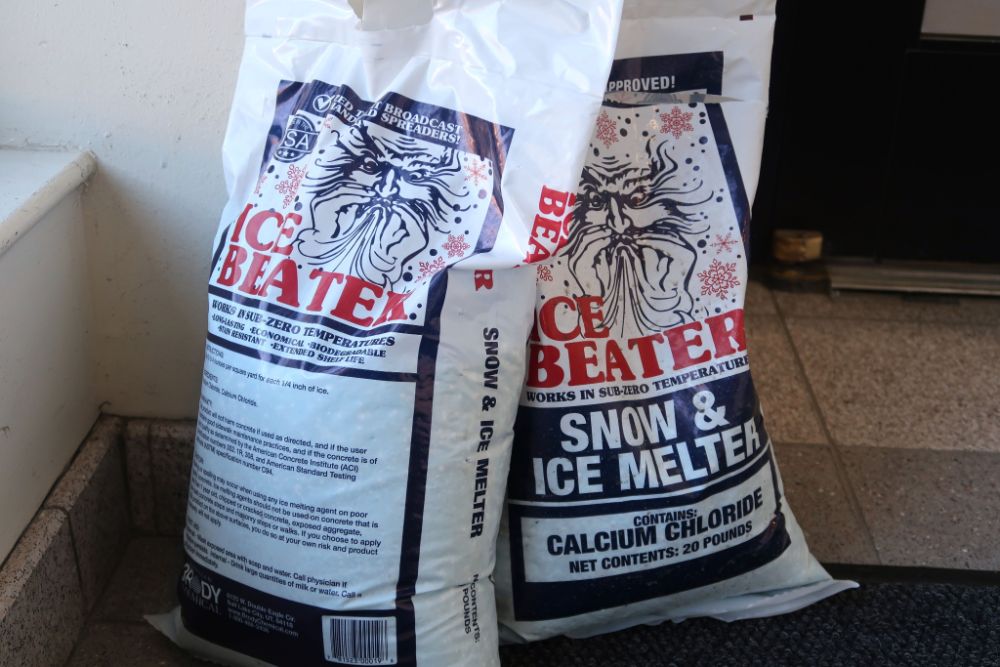
As we've seen from the experiment results above, excessive concentrations of calcium chloride can be extremely damaging to concrete whereas low concentrations seem to be less damaging.
One of the benefits of calcium chloride over regular rock salt is you don't need to use as much to get a similar amount of ice melt, especially at lower temperatures.
On warmer days your can spread out your calcium chloride a lot and still get really great ice melt results. Ice melt usually only takes 20-30 minutes in order to work so if you're finding it's not working after this time period then you may want to increase the quantity you use.
If all the ice has melted and you notice there are leftover granules of calcium chloride then this means you have used too much for the job. Take note of this for next time and use less.
Don't Use Calcium Chloride On New Concrete (Wait a Winter Or Two)
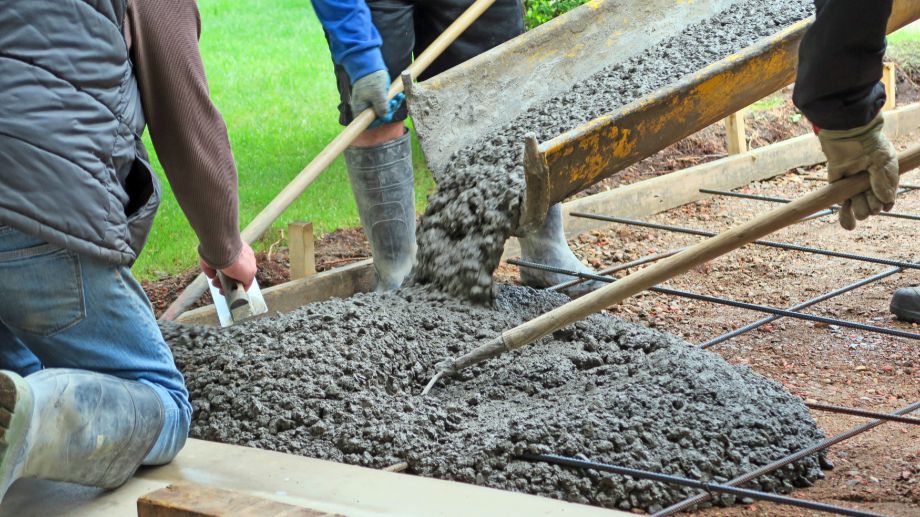
Concrete will continue to harden over its lifetime, meaning it will be stronger and more resistant to damage the longer it has been set for.
Concrete that is within it's first 1-2 years will be much more susceptible to damage from calcium chloride and other ice melts that concrete that has been around for longer.
That advice is generally to “wait a winter” before using any deicer products on your driveway. If you can avoid it waiting 2 winters is an even better option.
Use sand or kitty litter during these periods to add traction to the concrete without negatively affecting the underlying concrete structure. Sand won't melt ice but it'll provide traction on top of the ice which makes your concrete safer to walk or drive on.
Wash Your Driveway/Path With a Hose After Thawing

The higher the concentration of salt in and on your concrete will lead to more damage both through the chemical damage of the salt reacting with the concrete and through the exacerbation of the freeze/thaw cycle.
On warm days where water won't instantly freezing on your concrete (thus undoing your deicing efforts) you should wash your concrete with a hose.
This will help to wash away any excess salt and will mean salt concentrations are less – leading to less damage of your concrete.
Don't Repeat Salting Too Often
The more often you salt the more damage your concrete is going to have.
So where possible avoid salting too often. If you apply you salt melt at the right time and you're using a high quality deicer like calcium chloride you might not need to apply it as often, which is better for your concrete.
Seal Your Driveway Prior To Winter
There are some products you can purchase that will provide a waterproofing layer on top of your concrete.
This will help to stop the brine from seeping into your concrete and reduce both the chemical damage as well as the damage from the freeze/thaw cycles.
Consider Using Sand (Or Kitty Litter) For Traction
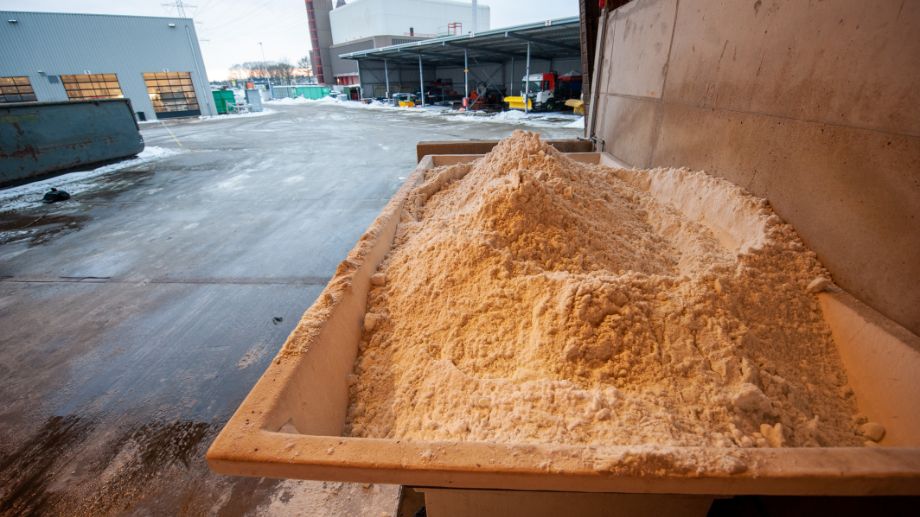
Ice melts create traction by removing the ice from the concrete whereas sand adds traction to the top of your concrete without the damaging effects of the ice melt. Kitty litter is similar in composition to sand and adds traction to the surface of your concrete.
Sand and kitty litter won't melt the ice but will still make your driveways and paths safer. It's advised you apply the sand wet in order to stop it from blowing away and make sure you get the correct kitty litter for ice as some have tendency to clump together and turn into sludge.
What Are Some Other Benefits Of Using Calcium Chloride Over Regular Salt?
Other than minimal damage to concrete, here are some other benefits of using calcium chloride:
- It’s one of the most effective deciers out there and you can use less of it compared to regular salt as it works so well. Even though calcium chloride is known to be quite pricey, it works out to a similar cost as you’re using less.
- Calcium chloride is extremely effective and can melt snow and ice rapidly.
- In comparison to other harsher chemical deciers, calcium chloride is safe for the environment and also less corrosive.
- With calcium chloride, you also won’t have to worry about damaging your lawn or plants.
What Are Some Other Precautions to Prevent Damage To Concrete?
Here are a few other things to take into consideration if you’re looking to prevent damage to concrete:
Before using any deicers and ideally before you get snow, assess your driveway, sidewalk etc. for any damage. If you noticed that there are cracks or crumbling in your concrete, get it fixed right away.
You can consider installing a radiant heating system to your driveway. These, however, can be expensive to install, maintain and run.
Here are some other ways you can consider removing ice from your driveway without salt.
Summary
Does calcium chloride damage concrete?
Calcium chloride is much less harmful to concrete in comparison to rock salt (sodium chloride). As it works down to a temperature of -25°F/-31ºC. It results in less freeze-thaw cycles which means less expansion and exertion of pressure on concrete driveways.
In addition, calcium chloride is also effective as it forms brine rapidly and is also less corrosive and safe for the environment.

